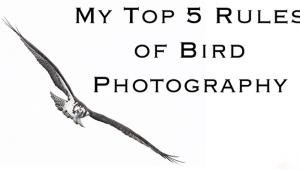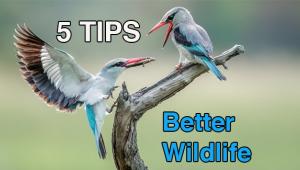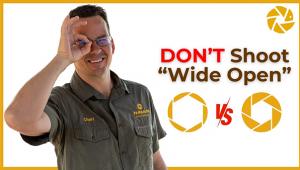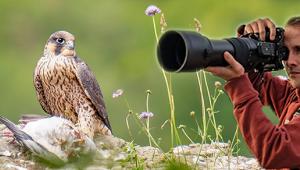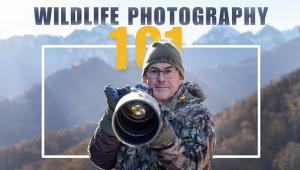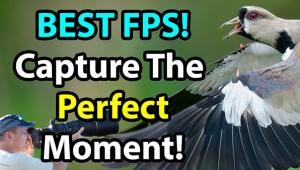The Camera's SPOT METERING Mode: Use it or Lose it? (VIDEO)
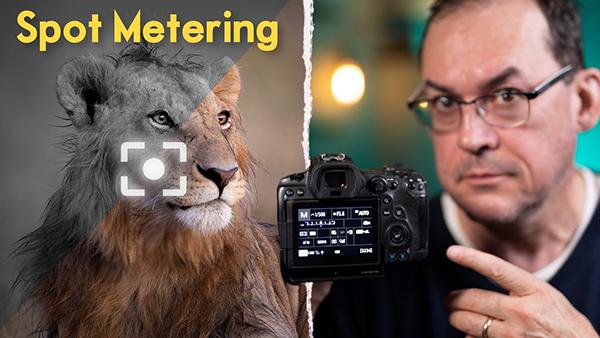
This quick tutorial from photographer Simon d'Entremont begins with a question: "Have you either wondered how spot metering works in your camera, or tried it and got inconsistent results like blown highlights or crushed shadows? If so, you've come to the right place.
Simon is a highly acclaimed nature photographer based in Nova Scotia, Canada with a portfolio full of stunning images. In this episode he calls on his shooting skills and great photos to explain and illustrate when spot metering is your friend, and situations in which this exposure technique can be a feisty foe by "creating a problem rather than solving one."
The lesson kicks off with a brief overview of the fundamentals of light metering so that Simon can present the Spot mode in proper context. He puts it like this "Your camera has a light meter, and its role is to tell the camera how much reflected light there is in a scene. This information is needed by the camera whenever you use an automatic or semi-automatic mode like Program, Aperture Priority, Shutter Priority, or Manual with auto ISO."

In all of these modes the camera changes one or more exposure settings on your behalf to capture an image with the "correct" brightness level based upon the value of medium gray. So here's the takeaway: "Where metering modes come in, like Matrix, Center Weighted, or Spot is you can tell the camera what parts of the photo to look at when taking a brightness reading."
In Spot Metering the camera takes the reading from a very small part of a scene—typically only 3-5% of the frame. When done right, this can be a very powerful tool in situations when your main subject is significantly lighter or darker than its surroundings. In fact, if you follow Simon's advice it's almost impossible to get things wrong.

But here's the rub: An incorrect use of the Spot mode virtually guarantees the opposite result. So listen up, avoid the mistakes, and you'll become very confident about getting the light right forever more. Then pay a visit to Simon's instructional YouTube channel where you'll find an abundance of great advice.
We also recommend watching another eye-opening tutorial we featured with a demonstration of five dynamic methods of composing outdoor images used by a National Geographic photographer.
- Log in or register to post comments

